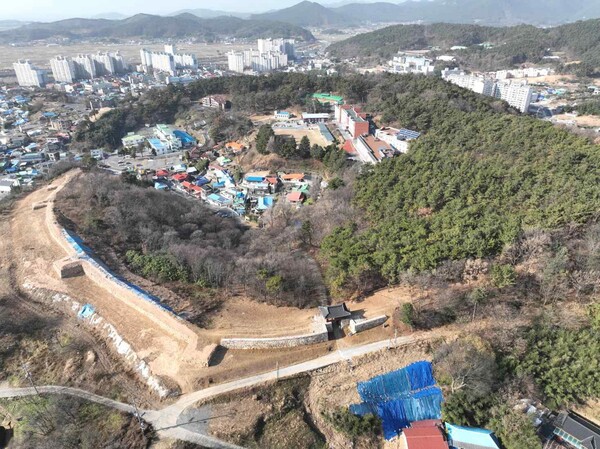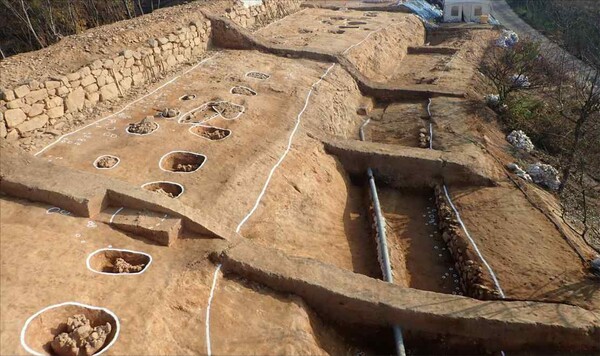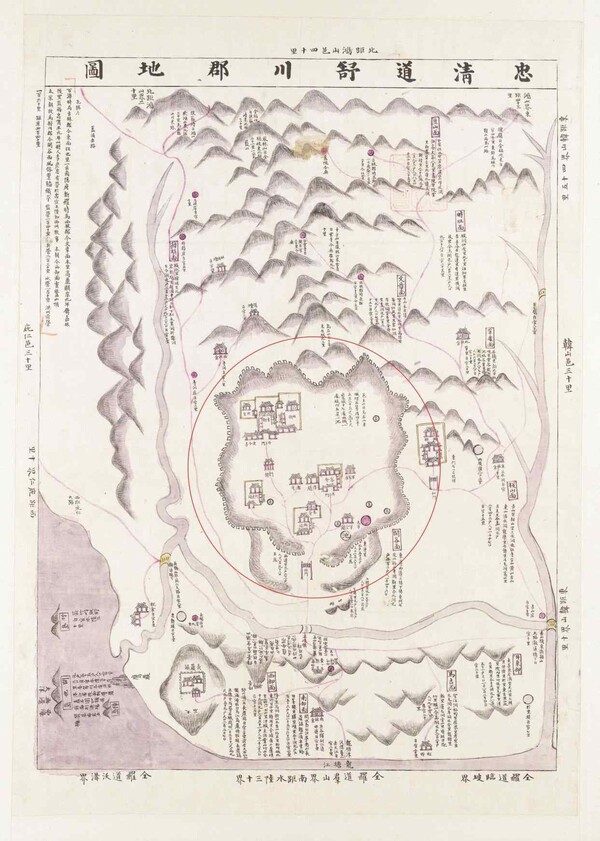A major early Joseon coastal defense stronghold, preserved with most of its original stone walls

South Korea has officially designated Seocheon Eupseong, a fortress built during the early Joseon Dynasty to defend against Japanese pirate incursions along the western coast, as a National Heritage Site. The Korea Heritage Service announced on the 11th that the fortress, located in Seocheon County, South Chungcheong Province, has received formal national heritage status due to its architectural integrity and strategic historical value.
Eupseong fortresses functioned as administrative and military centers, where city settlements were enclosed by fortified stone walls. Seocheon Eupseong was constructed during the reign of King Sejong (1418–1450), strategically placed to guard the passage from the Geum River estuary into the inland provinces. Unlike many coastal fortresses typically built on flat shoreline plains, this one was built on elevated terrain overlooking the sea, enabling enhanced defense capability.
While many eupseong fortresses were dismantled during the Japanese colonial period under the 1910 “Eupseong Demolition Ordinance,” Seocheon Eupseong remains in exceptionally preserved condition. Of its total perimeter of 1,645 meters, approximately 1,535.5 meters — or 93% — remains intact, making it one of the best-preserved early Joseon fortification sites in the country.

The fortress also reveals important information about evolving construction methods in the early Joseon period. Scholars have identified both the stepped inner-wall construction described in the 1438 “Chukseong Sindo” fortress guidelines and the vertical inner-wall construction method proposed in 1443 for modifying Seoul City Wall.
In addition, 16 defensive protrusions known as chisung (projecting bastions) have been identified along the fortress walls. These structures are spaced at approximately 90-meter intervals, significantly shorter than the typical standard of about 150 bo (approximately 155 meters). This unusually dense placement suggests a heightened defensive strategy distinct from other regional fortresses.
Remains of moats and dug-out trench fortifications around the site further illustrate the layered defense system that characterized coastal military strategy during the early Joseon era.

“The fortress provides clear insight into the architectural principles and strategic evolution of early Joseon coastal defense,” the Korea Heritage Service stated. The agency added that Seocheon Eupseong holds high cultural and educational value for understanding Korea’s historical military landscape.
Local authorities are considering expanded preservation and heritage tourism programs to showcase the fortress within the broader historical and ecological context of the Seocheon region.


